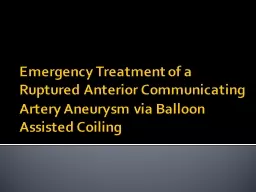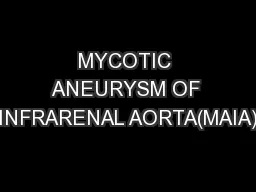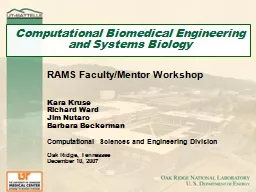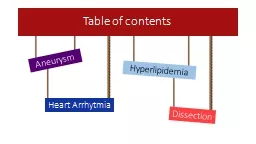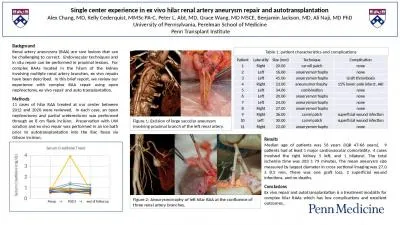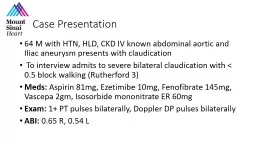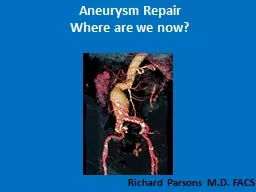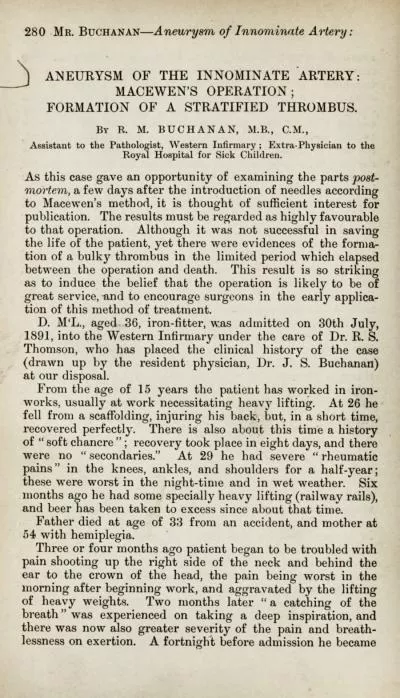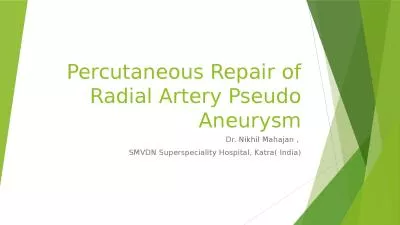PDF-aneurysm of the subclavian artery A case report of the literature
Author : grace3 | Published Date : 2022-08-16
intrathoracic and review J Dougherty MD Keith Calligaro MD Ronald P Savarese MD and A DeLaurentis Pa aneurysm of the subclavian artery is extremely rare Excluding
Presentation Embed Code
Download Presentation
Download Presentation The PPT/PDF document "aneurysm of the subclavian artery A case..." is the property of its rightful owner. Permission is granted to download and print the materials on this website for personal, non-commercial use only, and to display it on your personal computer provided you do not modify the materials and that you retain all copyright notices contained in the materials. By downloading content from our website, you accept the terms of this agreement.
aneurysm of the subclavian artery A case report of the literature: Transcript
Download Rules Of Document
"aneurysm of the subclavian artery A case report of the literature"The content belongs to its owner. You may download and print it for personal use, without modification, and keep all copyright notices. By downloading, you agree to these terms.
Related Documents




